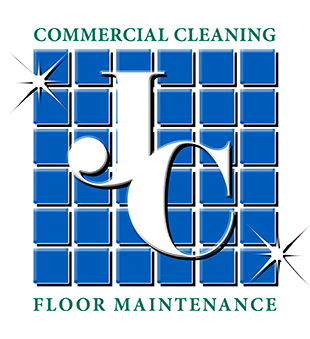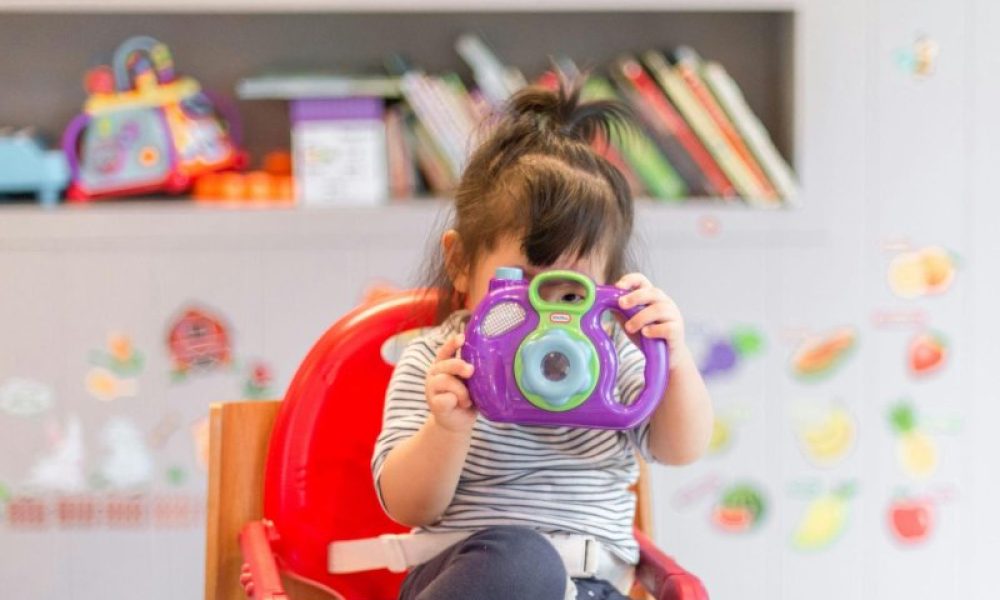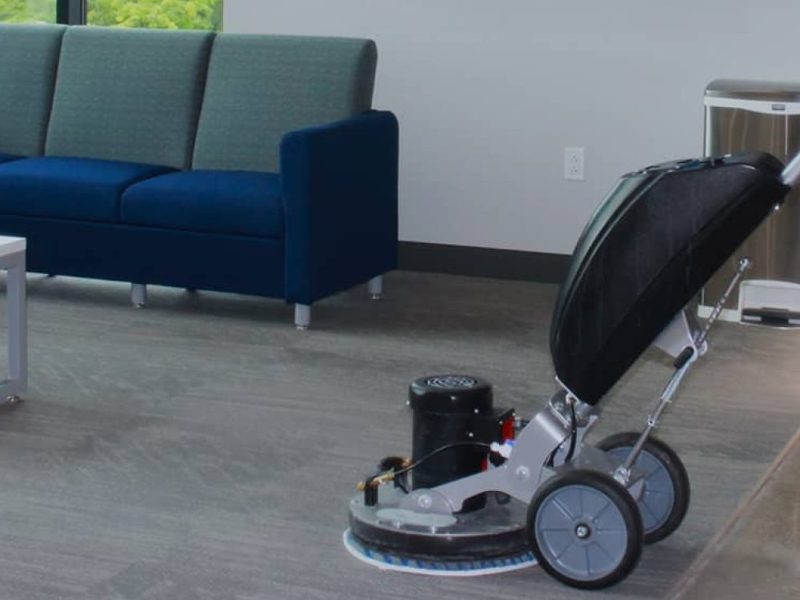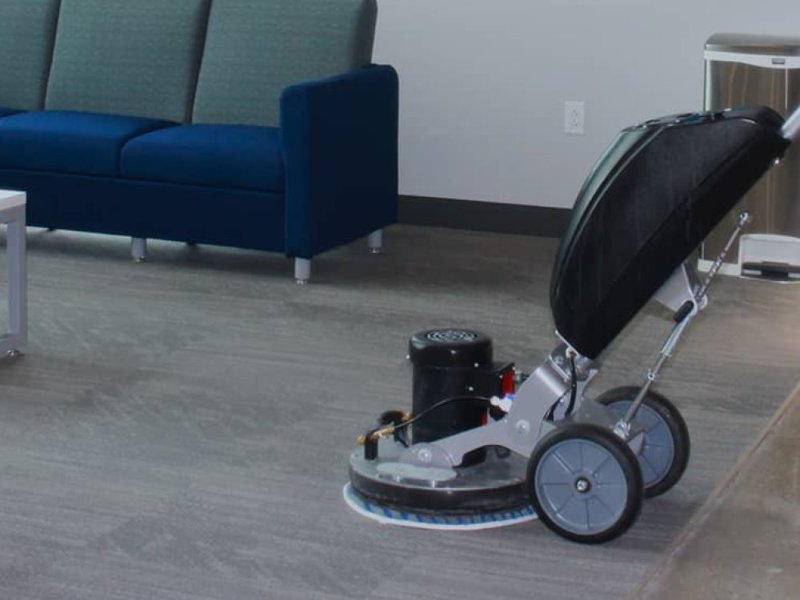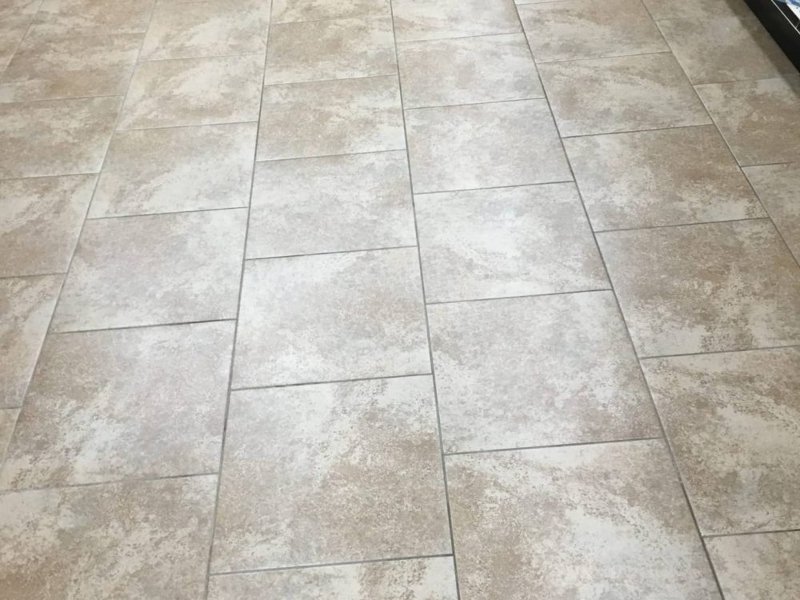Maintaining a clean and sanitary environment in schools and daycare centers is essential to the health and safety of children, teachers, and staff. These spaces, where large numbers of students and adults gather daily, can easily become breeding grounds for germs and harmful bacteria. From classrooms and play areas to restrooms and cafeterias, effective disinfecting solutions are critical to reducing the spread of infections and illnesses, ensuring a healthy learning environment for all.
The Importance of Disinfection in Educational Settings
Schools and daycare centers are dynamic environments where children are in close contact with one another and share surfaces, toys, and equipment. This high level of interaction makes it easy for bacteria, viruses, and other pathogens to spread quickly, especially during cold and flu season or outbreaks of contagious diseases such as COVID-19.
In these settings, regular cleaning alone may not be enough. While cleaning removes dirt and some germs, disinfection goes a step further by using chemicals to kill harmful microorganisms on surfaces. This is especially important in high-touch areas like door handles, desks, chairs, playground equipment, and shared toys, where germs are more likely to thrive.
By implementing effective disinfection solutions, schools and daycare centers can help reduce absenteeism due to illness and create a safer environment for children and staff.
Key Areas to Disinfect in Schools and Daycare Centers
When it comes to disinfecting educational facilities, some areas require more attention than others. High-touch surfaces and frequently used spaces should be prioritized to minimize the spread of germs.
- Classrooms: Desks, tables, chairs, and shared supplies like pencils, crayons, and books are commonly used by multiple students. These surfaces should be disinfected daily to prevent the spread of germs between students.
- Restrooms: Restroom facilities are another hotbed for germs. Regular disinfection of toilet handles, sinks, soap dispensers, and door handles is essential for maintaining a clean environment.
- Play Areas: In daycare centers, toys, play mats, and playground equipment can harbor harmful bacteria, especially when used by multiple children. Disinfecting these items regularly, particularly soft toys and shared equipment, helps prevent infections.
- Cafeterias and Food Prep Areas: Food service areas in schools require specialized disinfection procedures to prevent the spread of foodborne illnesses. Kitchen counters, cafeteria tables, and utensils must be sanitized frequently, with particular attention paid to any areas where food is prepared or consumed.
- School Buses: Transportation is often overlooked when considering disinfection in schools. Bus seats, handrails, and windows should be disinfected daily to limit the spread of germs during transit.
- Locker Rooms and Gym Equipment: Gym facilities and locker rooms are high-traffic areas where sweat, bacteria, and germs can easily spread. Disinfecting gym equipment, locker handles, and changing areas helps reduce the risk of cross-contamination.
Choosing the Right Disinfecting Solutions
Not all disinfectants are created equal, and choosing the right product is essential to ensure effectiveness without compromising safety. When selecting disinfecting solutions for schools and daycare centers, it’s important to consider the following factors:
- EPA Approval: The Environmental Protection Agency (EPA) maintains a list of disinfectants that meet the criteria for use against a wide range of pathogens, including the COVID-19 virus. Schools and daycare centers should ensure they are using EPA-approved disinfectants that are safe and effective.
- Non-Toxic and Child-Safe: Given that young children are more vulnerable to harsh chemicals, it’s essential to select disinfectants that are non-toxic and safe for use in environments where children spend a significant amount of time. Eco-friendly, green-certified disinfectants can be effective while being less harmful to children, staff, and the environment.
- Contact Time: Disinfectants need to remain on a surface for a certain amount of time, known as “dwell time,” to effectively kill pathogens. When choosing a disinfecting solution, check the product label to ensure that staff are aware of the required contact time for maximum effectiveness.
- Compatibility with Surfaces: Some disinfectants can damage certain materials, such as electronics, soft surfaces, or delicate equipment. It’s important to choose products that are compatible with the surfaces in your facility to avoid unintended damage.
- Ease of Use: For large-scale disinfection, ease of application is key. Ready-to-use sprays, wipes, and electrostatic sprayers are popular options in schools because they allow for quick, efficient application across a wide range of surfaces.
Implementing Effective Disinfection Protocols
In addition to choosing the right disinfectants, it’s crucial to establish protocols to ensure consistent and thorough disinfection across the facility. Schools and daycare centers should:
- Train Staff: Proper training on disinfection techniques and the use of personal protective equipment (PPE) is essential to ensure safety and effectiveness. All cleaning staff should be trained to follow proper procedures and adhere to safety guidelines.
- Schedule Regular Cleaning: Establish a regular cleaning and disinfection schedule that includes daily disinfection of high-touch areas and more frequent cleaning during outbreaks or flu season.
- Communicate with Parents: Keeping parents informed about disinfection protocols helps build trust and ensures that families are aware of the steps being taken to protect their children’s health.
- Monitor for Updates: Staying informed about the latest health guidelines and best practices from organizations like the Centers for Disease Control and Prevention (CDC) can help schools and daycare centers adjust their protocols as needed.
Conclusion
Providing a clean and disinfected environment is critical to maintaining the health and well-being of students, staff, and families in schools and daycare centers. By using the right disinfecting solutions and implementing effective protocols, educational facilities can significantly reduce the spread of germs, create a safe learning environment, and promote the overall health of the community. Ensuring a well-disinfected space is an investment in both education and public health.
